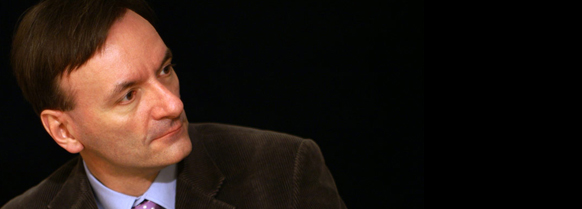Tag: Robert Schumann
-

PROGRAM NOTES: PAVEL KOLESNIKOV
Wolfgang Amadeus Mozart Fantasy in C minor K. 475 The year 1785 was a good one for Mozart. In the words of musicologist John Irving, he had become something of a ‘hot property’ in Vienna, enjoying considerable success both as a published composer and as a performing musician. But Mozart had also acquired a reputation…
-

PROGRAM NOTES: BEATRICE RANA
Robert Schumann: Abegg Variations, Op. 1 Schumann’s Abegg Variations first appeared in November of 1831, but Schumann had completed it more than a year earlier, shortly after his twentieth birthday and before he had made the commitment to a life of music (he was still studying law in Heidelberg at the time). It is…
-

PROGRAM NOTES: AUGUSTIN HADELICH
Robert Schumann: Violin sonata No. 1 in A minor, Op. 105 Schumann wrote both of his completed sonatas for violin and piano in 1851. His wife Clara played the piano parts at their public premieres with violinists Ferdinand David (No. 1 in 1852) and Joseph Joachim (No. 2 in 1853). Though frequently recorded, these…
-

PROGRAM NOTES: STEPHEN HOUGH
Frédéric Chopin: Nocturnes, Op. 27 The nocturnes are Chopin’s most intimate and personal utterances. Some are wistful, some reflective, some melancholy, some faintly troubled and some serenely joyful. All are sensuously beautiful, suffused with elegance and deeply poetic impulses. During Chopin’s lifetime they were his most popular pieces. Twenty-one survive, the first written when…

